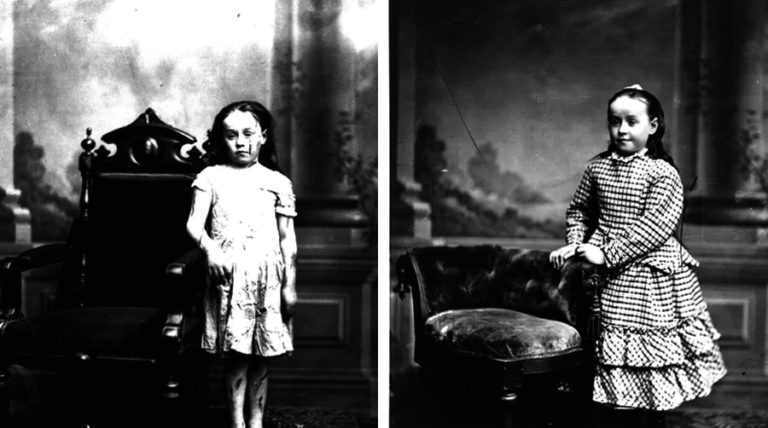
Reach your personal and professional goals
Unlock access to hundreds of expert online courses and degrees from top universities and educators to gain accredited qualifications and professional CV-building certificates.
Join over 18 million learners to launch, switch or build upon your career, all at your own pace, across a wide range of topic areas.

 Mary Ellen Wilson before and after intervention. (Image courtesy of The George Sim Johnston Archives of The New York Society for the Prevention of Cruelty to Children)
Mary Ellen Wilson before and after intervention. (Image courtesy of The George Sim Johnston Archives of The New York Society for the Prevention of Cruelty to Children) 


